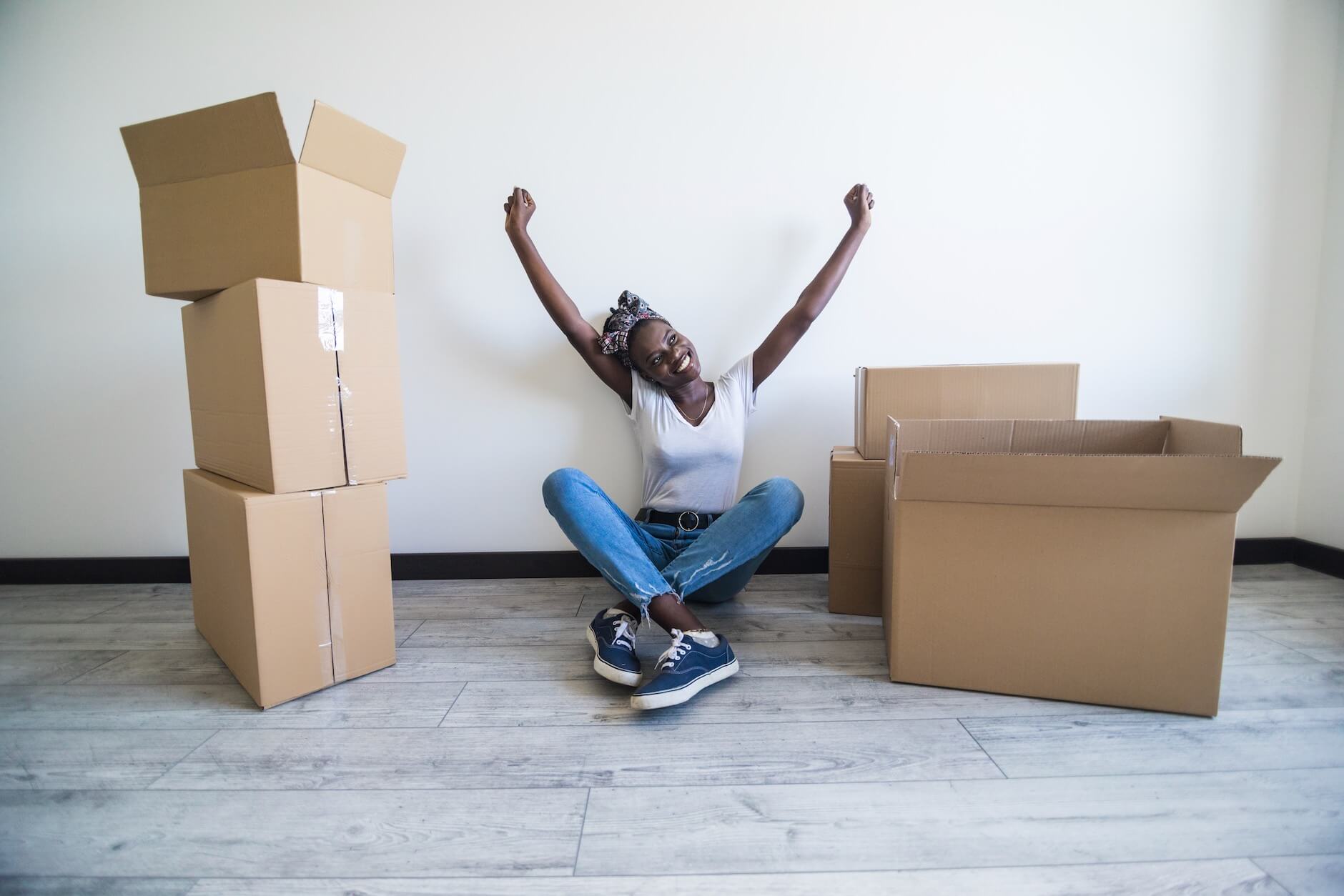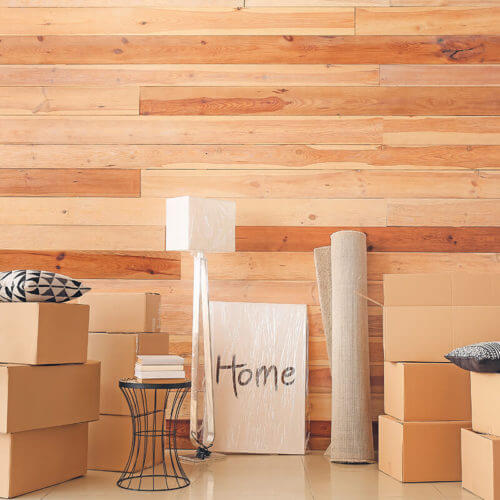

Some may say there’s a science behind relocating successfully. Lots of planning goes into it, and certain investments have to be made, especially when it comes to packaging and moving essentials. You can be perfectly organized in life, but it can go wrong fast if your move isn’t backed up with essential materials. Avoid mistakes by preparing well.
There are a few steps to take before starting to pack. Maybe this is familiar, but getting organized and planning every day of the move means a lot. More importantly, it improves the packaging process. You can always look up things to do before a move if you’re unsure where to start.
What Moving Out Essentials Do You Need, and Where to Find Them?
There’s good news and bad news. The bad news is – most essentials for moving out have to be purchased. Still, you can get cheap essential materials in most stores. The good news is – relocation materials can also be free. Find them around the house, borrow them from a friend, or contact a local restaurant, supermarket, or wine shop one day. Have a look at which materials you may already have and which require a shopping trip, and help yourself answer the question: What supplies do you need to move?
#1 Moving Essentials Item – Storage
You can’t pack without containers, but you know that already. Buying boxes at a supply store is easy enough, but there’s a catch. Don’t grab the first box on the shelf, but take the time to consider its size. Getting the right-sized containers is why doing a home inventory before shopping helps significantly.
Containers must have enough room to fit everything without looking too stuffed or too empty. Both options are quick ways to have everything broken. Wine boxes are great for fragile things, especially wine glasses. In addition, you can stack shoes into them.
When it comes to free boxes, most stores and restaurants have them, ready to be trashed the same day. They’ll probably give you the containers and may even be grateful someone’s come to rid them of the clutter. There’s also a probability you have boxes lying around the house. Whether from an online purchase or a shoe-shopping spree, there must be at least a few usable boxes there.
#2 You’ll Need Wrapping, Especially for Kitchen Items
No long-distance moving will go smoothly without wrapping materials. They’re mostly available to order online, but there are some you could find at home. Wrapping essentials include packing paper, bubble wrap, cotton things (T-shirts, rags, and alike), and newspapers.
The importance of wrapping stuff for relocation can’t be stressed enough, as it’s the basic move for protecting every item from getting damaged. The storing and packaging will depend on the chosen wrapping materials. For example, many cross-country movers would pack things with either bubble wrap or packing paper.
Choosing Between Bubble Wrap and Paper
While bubble wrap is safer for the stuff, it’s bulkier than paper. Not only that, but it’s kind of expensive, too. If you book long-distance moving services for a packing service, the wrap will come into the total price. However, if you prefer to do it yourself, opt for paper. It’s safe, eco-friendly, and readily available everywhere.
Packing paper can be replaced with newspapers. This is something you probably have at your disposal. Newspapers from back in the day are an amazing, free alternative, and many people use them for packaging. Their disadvantage is the ink from the print, which could potentially stain the wrapped stuff.
Cotton Items for Wrapping and Packaging
Using T-shirts, kitchen rags, towels, and pillowcases seems like the perfect solution for wrapping materials. In addition, cotton is super safe and doesn’t require too much space. You can package sculptures like this, if you have any, or even wrap silverware with it.
Of course, the part about these materials taking up less space depends on the materials they’re made of. For example, towels are a decent solution, but they’re incredibly bulky, and it’s hard to put a lot of them in one container, which is why using them may backfire sometimes. Other solutions, like kitchen rags and pillowcases, are great, and maybe you’ll be OK with them getting wrinkled.
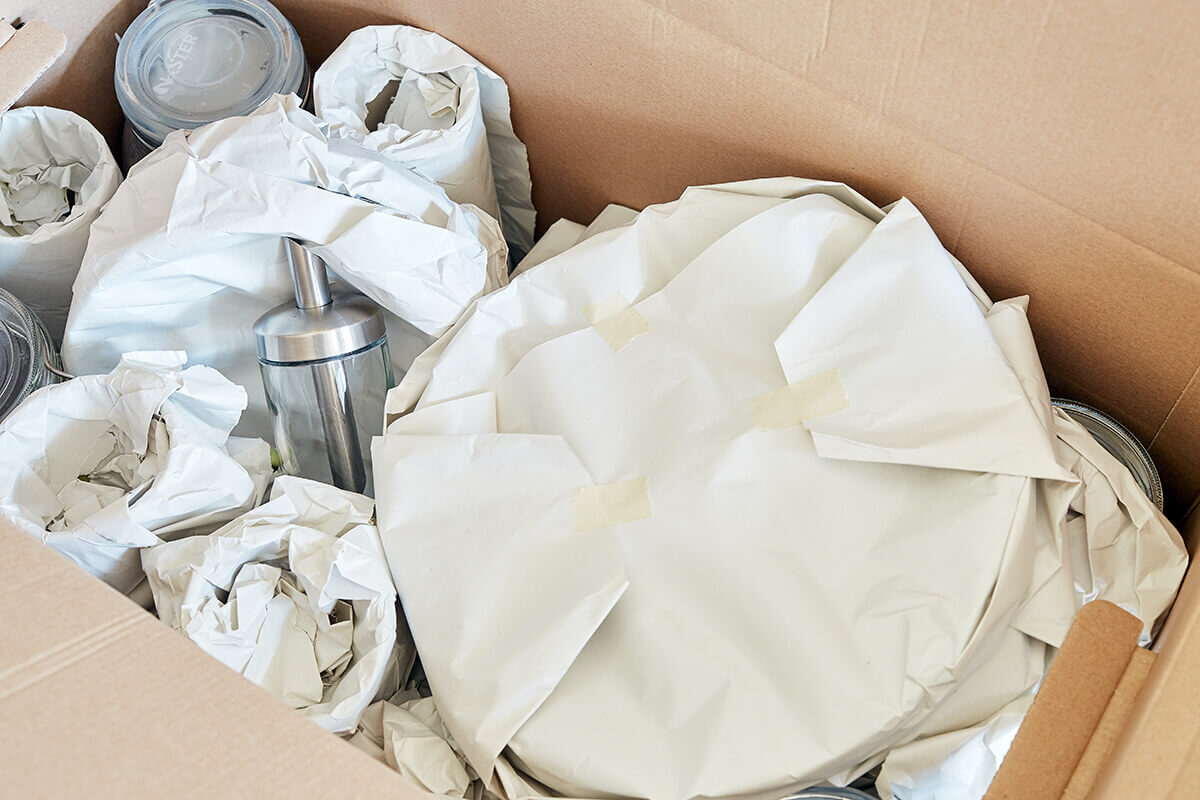 Containers and wrapping should always be bought together
Containers and wrapping should always be bought together
#3 Don’t Forget to Put Duct Tape on the Supplies Checklist
Put duct tape and a dispenser on the moving essentials checklist. If you already have a bunch of duct tape at home, a dispenser wouldn’t cost too much, and it’d save so much time with boxing up. Tape isn’t only good for closing containers but for padding them, too.
Before loading containers with stuff, the bottom of each has to be secured. A cardboard box could easily open below if it has too many things inside, so layering the bottom inside and out with duct tape could remove the stress of everything breaking just as you’ve managed to load dishes safely into the container.
#4 Markers and Stickers for Labeling are Essential
Markers and stickers are something you very likely have at home. If you don’t, fear not. Many stores like the local Target have stationery for miles. However, whether you go to the store or use the stickers and markers from your stationery collection, labeling’s an essential step in the boxing up process.
While many parts of relocation require lots of attention and rule-following, labeling is only up to you, which is why it’s the best. Say you’re relocating with kids and want to keep them entertained, or perhaps you’re relocating while pregnant and require lower stress levels. Making labels is the most original solution for those problems and helps the process of relocating to a bigger city.
#5 Home Toolkits Make All the Difference
The toolkit in the garage is part of the move in essentials checklist. It’s necessary for each step from start to finish, especially disassembling furniture. A toolkit can help a lot and make relocation much easier. It should be packed somewhere you’ll be able to reach it upon arriving at the new house. For this, we recommend having an essentials container.
If the toolkit you own is a mystery to everyone at home, watch the video below to learn some hacks for using it.
Package a Moving Essentials Box For the First Week In the New Apartment or House
A vital part of the moving necessities list is an essential stuff box called a survival kit. It’s a container full of the most necessary items for the first week of relocating. You’ll probably leave a package or two unpacked for a bit, which is why a survival kit is a good call.
The things to pack in the survival kit are:
- Hygiene products – these will probably be needed the same day of settling into the new house. Anything from toothbrushes and toothpaste to shampoos and deodorants falls under this category,
- Clean underwear and clothes – it’s OK to bring these along if you want, but make them fit into one suitcase, as they’re only temporary before getting into the regular closet,
- Toolkit – the toolkit is necessary because setting up at the new place will be impossible without it. If a tool is too big for the survival kit container, get a screwdriver, a boxcutter, and a utility knife, at best,
- Food supplies – while working on settling in, you may not have time, money, supplies, or all of the above for cooking. Bring canned goods and foods that don’t go bad quickly to have sustenance during the first week,
- Personal documents – these should be on you at all times, anyway, but settling into a new apartment might require extra paperwork and handling documents early on, which is why keeping personal papers nearby is important,
- Electronics – it makes sense you’d pack electronics into the survival kit, but we mention it just in case. Basic electronics to bring are laptops, tablets, phones, and cameras,
- Medicine – this goes especially for prescription medication. You never know when someone may use it. In addition to these, meds like painkillers are good to have because relocation is stressful and could cause aches.
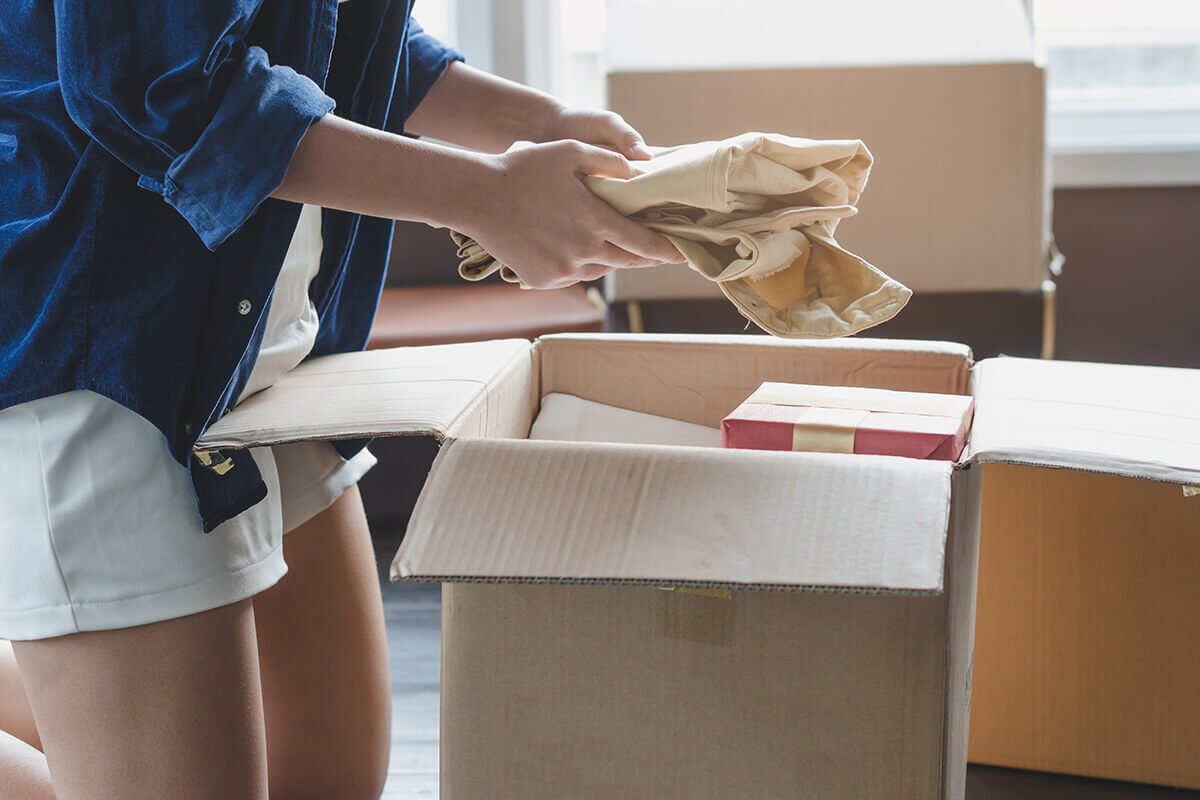 Gather the most important stuff to make a ‘survival kit’
Gather the most important stuff to make a ‘survival kit’
What Should You Move First When Moving?
In addition to essential packaging materials, it’s best to remember there are also things to do as a part of the relocation essentials list. A particular order or hierarchy of items to move helps when there’s lots of cargo. East Coast movers and West Coast movers would know exactly where to start since they’re professionals, but even with their help, it’s good to know how to get everything out safely.
Relocation Schedule Checklist – When to Move What?
Firstly, it’d be best to get the heavy and bulky stuff out of the way. Furniture, appliances, TVs, and mattresses are good to go first into the relocation truck. They need to be arranged in such a way that they don’t collide during transport. If you’re relocating to the suburbs and have gardening tools (lawn mowers mainly), they’re also a part of the bulky stuff to pack first.
After taking care of the big stuff, you can do the cleaning. Later, all containers with household items and wares can go into the truck. You want to arrange the bigger and smaller containers together, so there’s a balance in the transport vehicle. If one side has only big packages and the other only small ones, that can be potentially damaging to the cargo.
Finally, if you’re loading electronics or suitcases with clothes into the transport truck, load them last and closest to the truck door. They can go out first and be at your disposal immediately. It’s safer to take them out first, but we recommend this type of cargo comes with you in the car for safety purposes.
In any case, long-distance movers will provide the best moving services and load the transport trucks in the safest way possible.
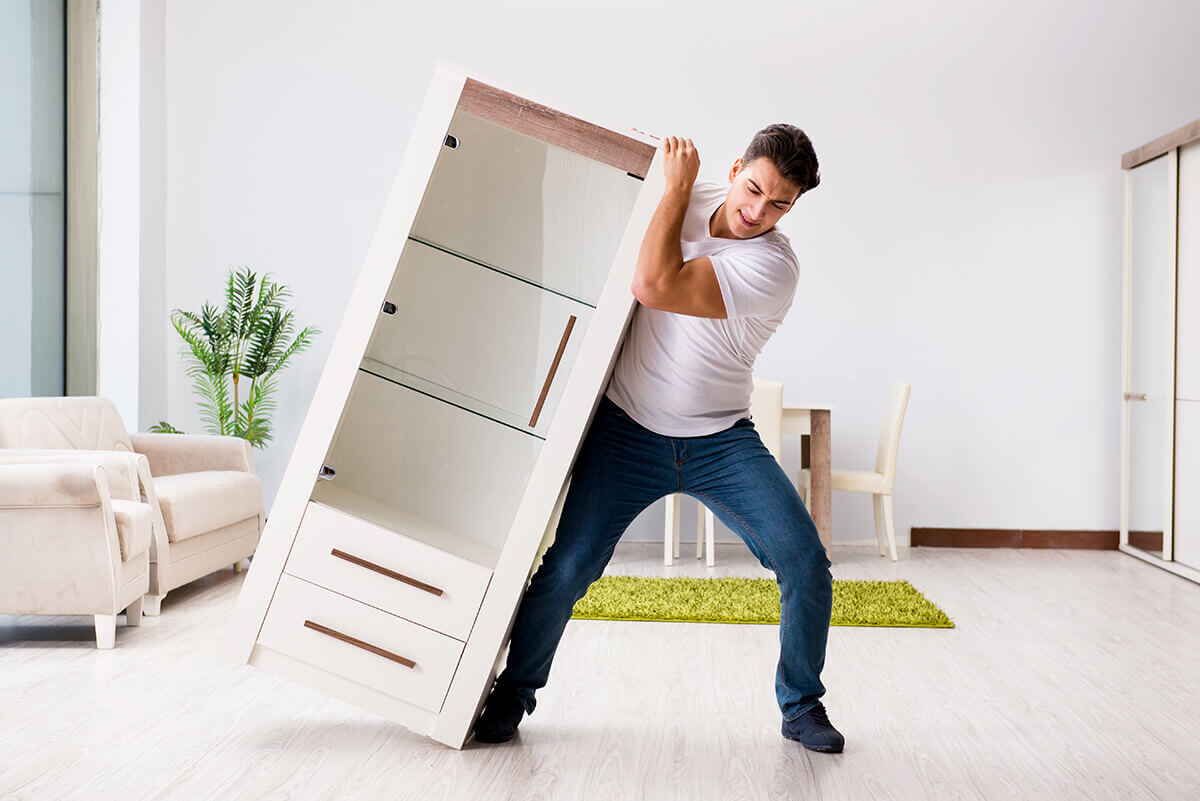 It’s great to start with the bulky stuff first when relocating
It’s great to start with the bulky stuff first when relocating
What Should You Not Do When Moving?
We’ve already mentioned preparation is half the work done, and that entails deciding what not to pack and what not to do, too. The first thing to know is – there’s no need to bring everything. There’ll be stuff you’re better off saying goodbye to. If you can’t prioritize and have issues deciding what to get rid of, there are many ways to find out what not to bring. It’s up to you what to do with unwanted stuff later, but you can recycle them by looking for a recycling center or donate them.
Make Sure Not to Avoid Cleaning
This is extremely important because if anyone’s newly settling into the place you’re leaving, then it’d be humane to clean it up. Imagine coming into a new, completely trashed home – that would be awful. Don’t let anyone have that fate with the place you’re leaving.
In addition to simply being a decent person, move-out cleaning can help you find things you thought you’ve lost or discover other treasures. What if you’re trying to sell the house before leaving? Know it’ll never sell for as high as expected if you dismiss cleaning it. If you encounter a dirty apartment during the move-in process, you can read about how to clean an apartment before settling in.
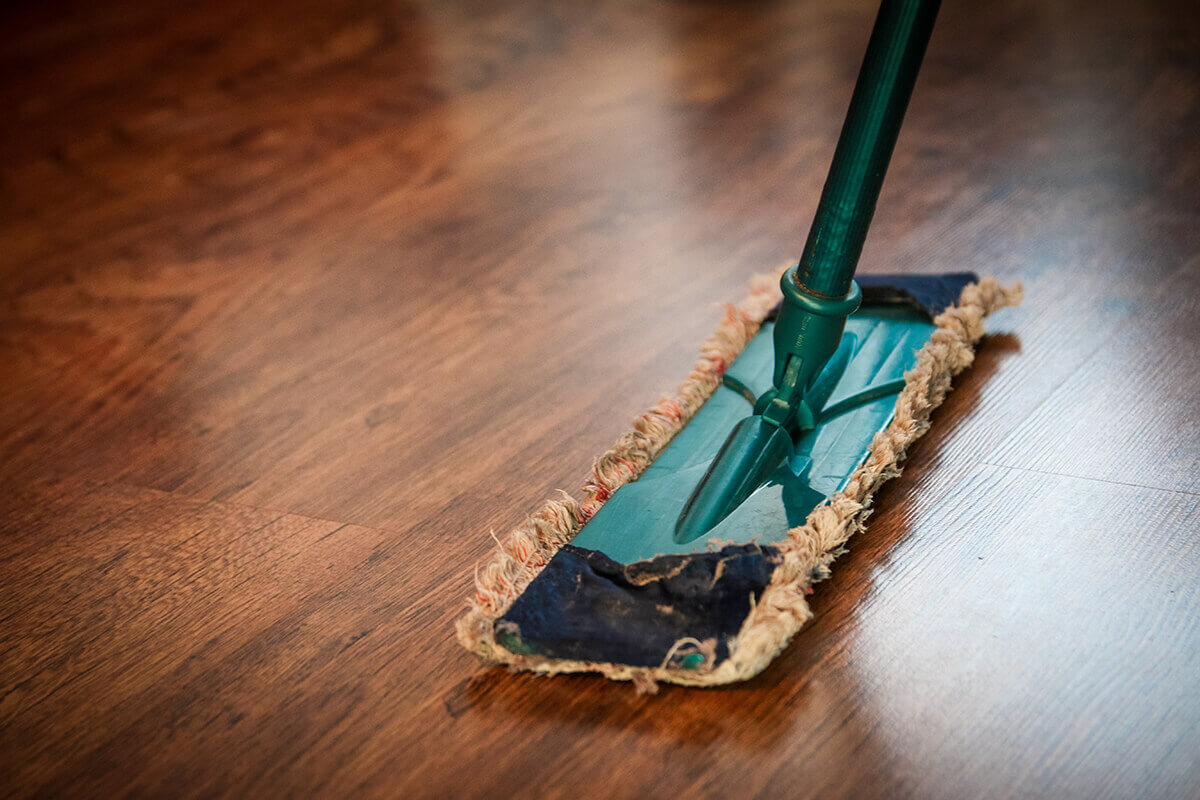 Don’t avoid cleaning the old place by any means
Don’t avoid cleaning the old place by any means
Contact Cross-Country Movers for Help and Easier Relocation
Of course, the recommended course of action is to contact a long-distance moving company to help out with all the troubles. Whether it’s packing, relocating, carrying heavy items, or simply not knowing where to start, they’re the ones to do it all for you. In addition to knowing how to load everything with the right supplies, they can offer storage services.
Cross-country moving is hard enough with all the stuff that you bring along, and it’s good to remember that the option of storage and safe-keeping is available at all times. While your property is sitting in storage, you can take the time to settle into the city and try to make friends there. Finally, your worries will come down to tipping the movers.


